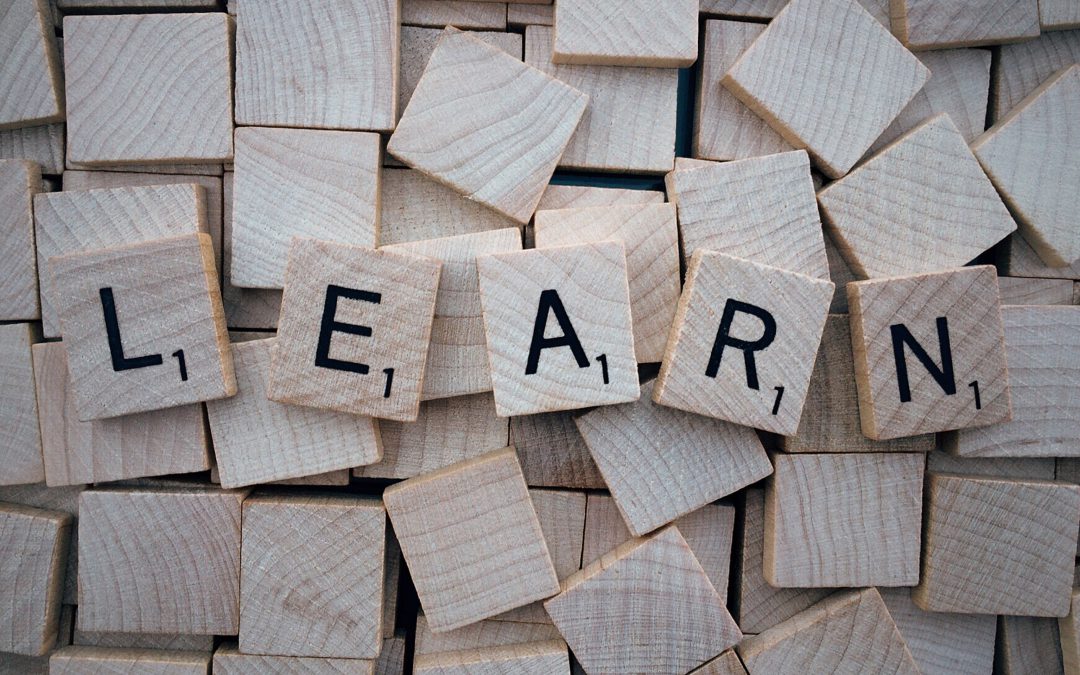Your children are growing up fast. Education is evolving just as quickly. As you search for schools for your student, reading what each one offers can sometimes feel like reading a foreign language. Throwing around terms like UDL, AP, SEL, or PBL, can quickly become overwhelming and feel like alphabet soup. What do all these things even mean?! Don’t worry, we’re here to make it crystal clear. Let us help you break down these educational buzzwords!
Project-Based Learning (PBL)
Project-Based learning is exactly what it sounds like: learning through projects! It is a teaching method where students learn through actively engaging in real-world and personally meaningful projects, most often in a group-work setting. Students get the opportunity to collaborate with their peers, think critically, and creatively solve problems or complex questions. Results from a recent study show that students in PBL outperformed their peers in traditional classes. This hands-on approach is a very effective model that brings learning to life!
Flexible Classrooms
A flexible classroom is a classroom structure in which students are given a voice and a choice in their learning environment. Rather than having rows of desks, a flexible classroom will have a variety of fun seating options for students to choose from to complete their work. Many flexible classrooms will create different zones so students have the opportunity to work independently, in groups, or with the teacher. Not only is it fun and effective for students but also promotes more collaboration, prioritizes students’ needs, and allows children more autonomy over their learning!
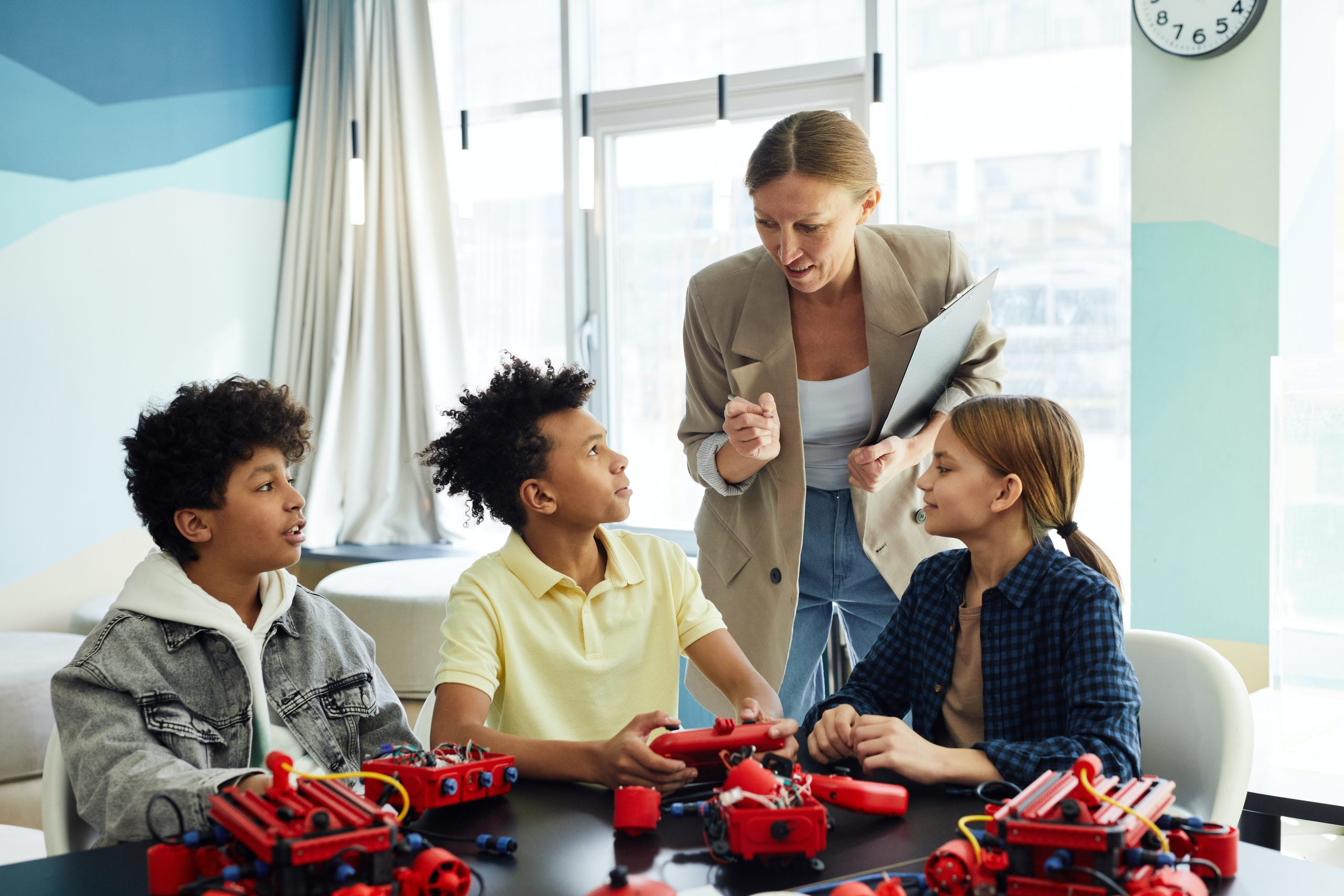
Differentiated Instruction
Differentiated Instruction is a mode of teaching that takes into consideration each student’s individual needs and learning styles for tailoring their lesson plans. Four ways to differentiate instruction include content, process, product, and learning environment. Teachers that incorporate differentiated instruction often group students by shared interests. They also continually assess and adapt lessons to serve students’ needs.
Individualized Education Program (IEP)
An IEP is part of PreK–12 public education that provides legal protection for both schools and families. IEPs are the maps that lay out the program of special education instruction to serve students with various types of learning disabilities. It allows families to get involved in important decisions that impact their child’s education and ensures these students have the resources they need to thrive.
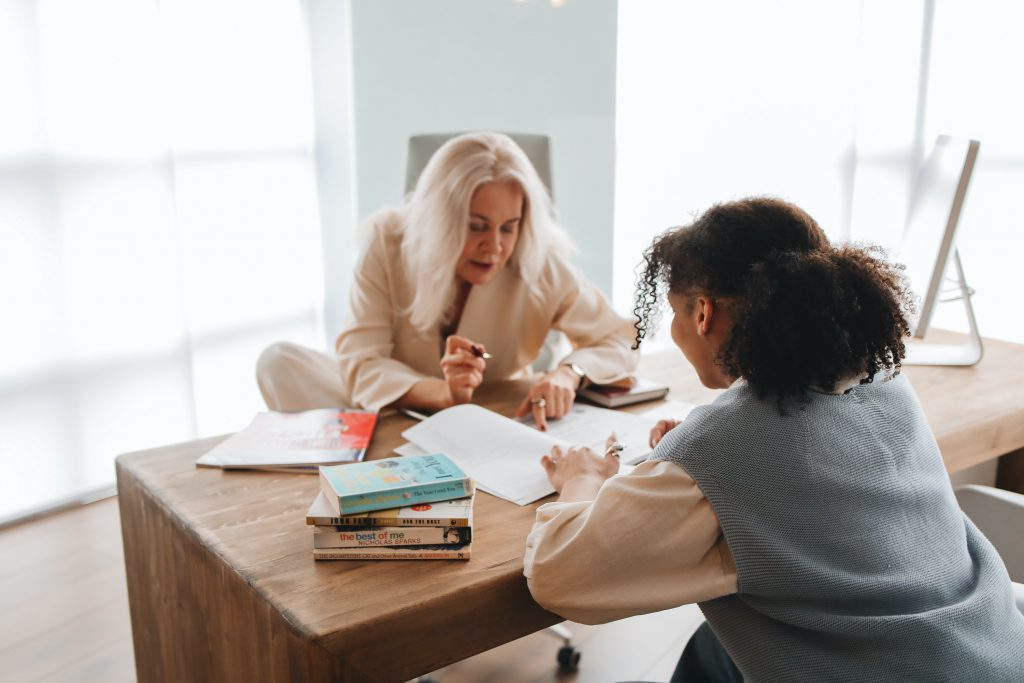
Social-Emotional Learning (SEL)
Social-Emotional Learning is the process of developing self-awareness, self-management, social awareness, relationship skills, and responsible decision making. It’s all about students learning more holistically. Schools that focus on SEL emphasize things like nurturing positive relationships, managing emotions, and exhibiting empathy. Adults can (and should) work on their social emotional skills too! Developing key social-emotional skills provides a firm foundation of emotional intelligence for students to build upon, setting them up for success in school and life.
Inquiry-Based Learning (IBL)
Inquiry-Based Learning is about triggering curiosity in students. Learning should be fun and exciting! The role of IBL is to generate and act on this excitement. Students discover something that piques their interest, develop hard-hitting questions, research the topic, and reflect on what they have learned. The reflection process in IBL goes beyond relaying what was learned. Students are asked to take it a step further by analyzing the learning process itself and applying it to the real world.
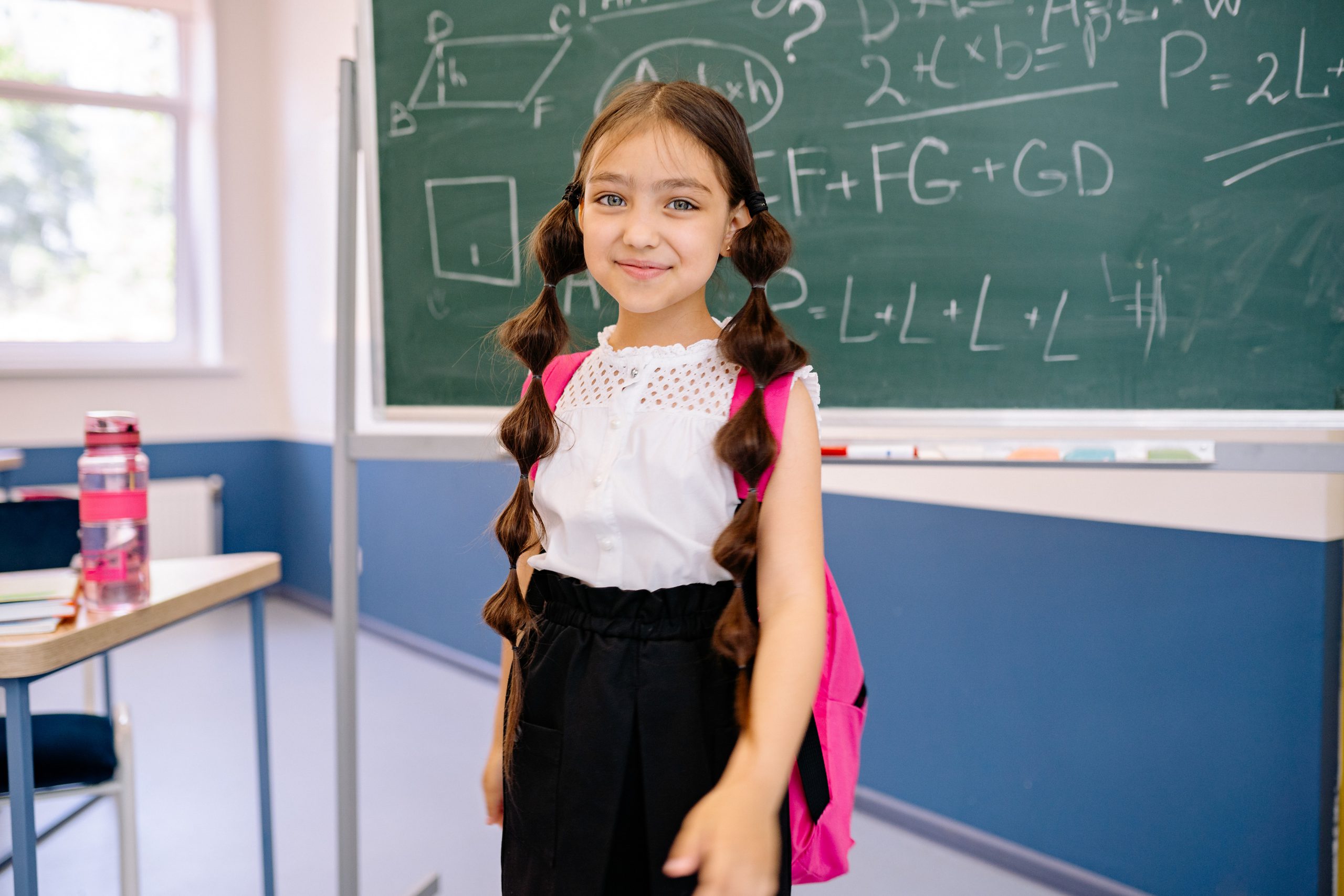
Universal Design for Learning (UDL)
Simply put, Universal Design for Learning is a framework that gives all students an equal opportunity to succeed. Don’t be thrown off by the title “universal.” UDL rejects the one-size-fits-all learning model and instead recognizes that all students learn in different ways. The goal is to alter the learning environment rather than trying to change the student. The UDL guidelines are based ensuring students have multiple means of engagement, representation, action, and expression.
Lottery System
If you are looking into enrolling at a charter school, you have likely heard the term “lottery system” thrown around. When the number of students wanting to attend a specific charter school exceeds the number of students the school can enroll, the school will use a lottery system to determine enrollment. Schools will typically hold an enrollment period in which parents can register their children. Afterward, the school will begin a random drawing process. While lottery system specifics may vary from school to school, many charter schools will hold ‘blind’ lotteries so every student has an equal chance of getting in! Some schools will give preference to students with siblings at that school, but the overall goal of the lottery system is to give every student an equal chance of enrollment.
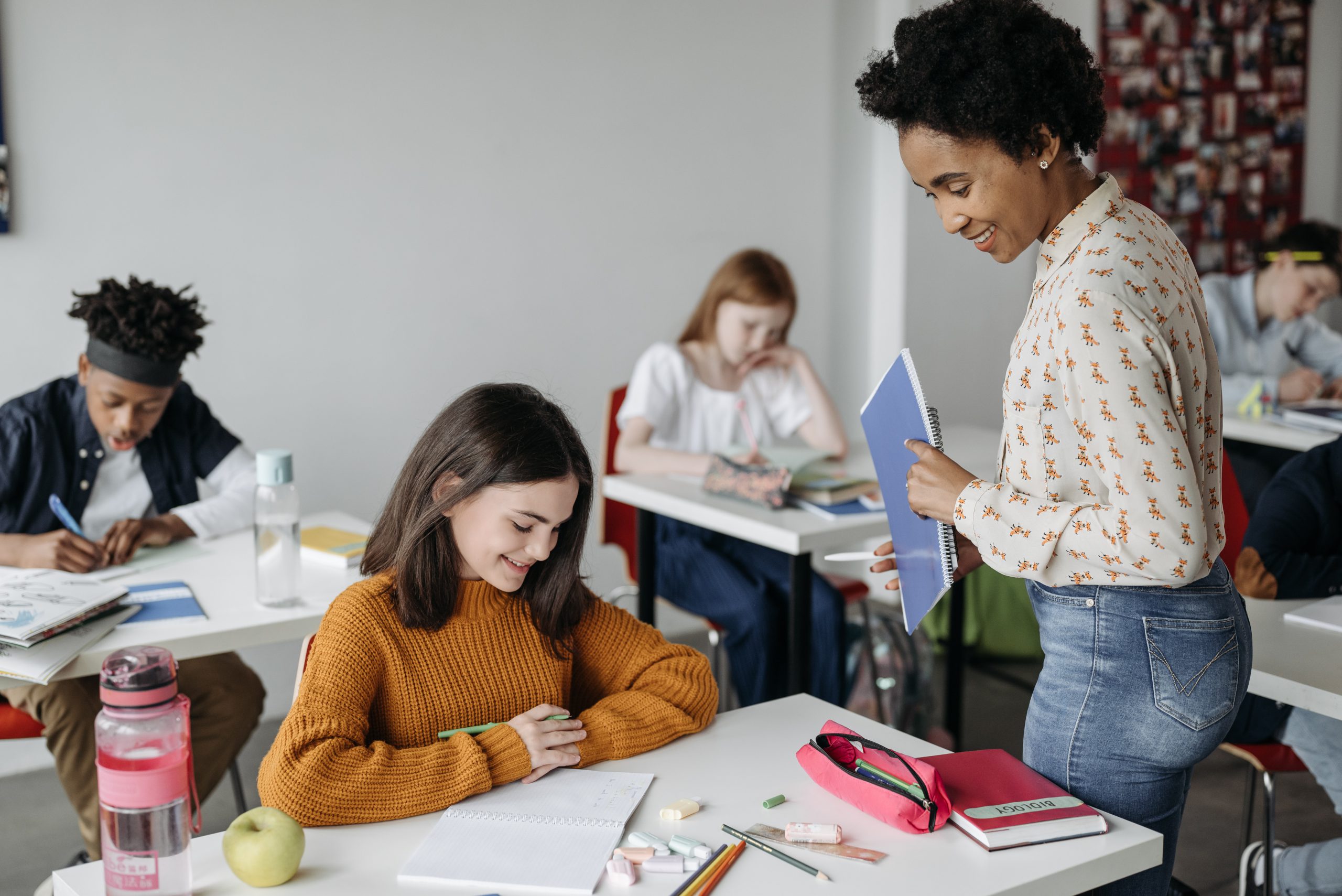
Advanced Placement (AP) Courses
When looking at high school options, many will highlight AP courses. Advanced Placement courses are college-level courses that students can elect to take while in high school. While these courses are very rigorous and can be challenging, they are often worth the extra work. At the end of the course, students are given an exam. If they receive a certain score, they can receive college credit at most universities in the country! These courses help students stand out to college admissions boards, prepare students for more rigorous academics, and best of all, save money on college tuition!
Fast Track Program
Fast Track is a long-term program, extending from 1st to 10th grade, created to prevent severe conduct problems for high-risk children. So you can find it for students in elementary, middle, and high school! The main goals of this program are to enhance the child’s cognitive, social, and problem-solving skills. It ultimately works to decrease disruptive behavior at home and school.
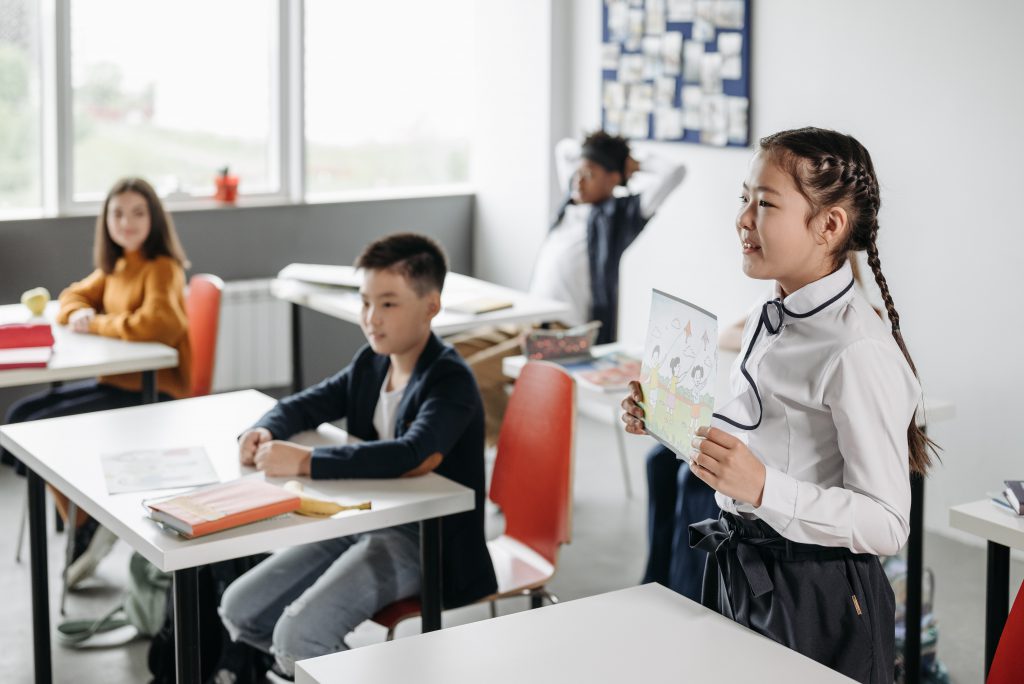
Restorative Disciplining: When researching schools, you may hear some say they use restorative justice, restorative disciplining, or a restorative practice approach. All these terms refer to how the school addresses student behavior. Rather than punishing students who act out, this approach focuses on addressing the whole child. Conflict is resolved by emphasizing belonging, social engagement, and accountability!
Find the Perfect Fit with Schola
Now that you know the learning lingo, which of these models are you looking for in a school? Whatever it may be, Schola can help your family find the right school for you! We make it simple to search for schools based on what matters most, so you can find the best fit for your child. Start your school search today with Schola!
